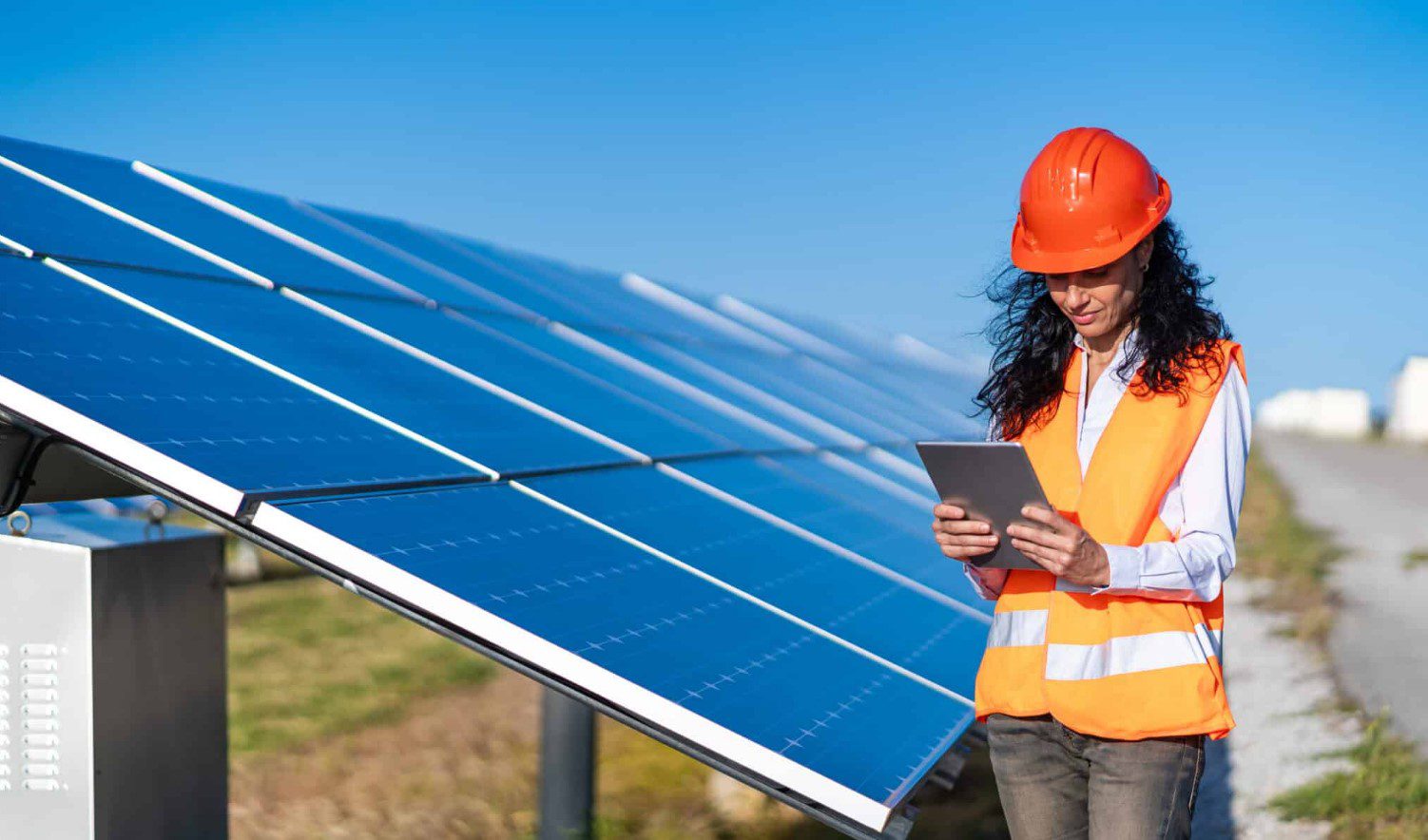Guyana’s Environmental Protection Agency (EPA), in a November 20 notice, announced that eight proposed solar farms, collectively expected to generate 33MWp, are exempt from the requirement of environmental impact assessments (EIA) in their environmental authorization processes. The farms will be built under the Guyana Utility-Scale Solar Photovoltaic Programme (GUYSOL), using US$83.3 million Guyana got from Norway for conserving its forests.
The solar farms, set to be distributed across three different grids, include a 15MWp (megawatt peak) solar PV system with 22MWh (megawatt-hours) of battery storage in the Linden isolated system, an 8MWp system with 12MWh of battery storage for the Essequibo coast isolated system, and a 10MWp system for the Demerara-Berbice interconnected system in Berbice. The project is being executed by the Guyana Power and Light Inc. (GPL), Guyana’s main state power utility.
Is Guyana ready to go electric? | OilNOW
Although the EPA’s decision does not equate to project approval, it propels the projects further in the authorization process. The public has been given 30 days to express objections to this decision.
These developments are expected to bring multiple benefits, including economic diversification in local and national economies, increased resilience against global fuel market volatility, and cost savings for state power utilities. They are also expected to contribute to significant reductions in government subsidies, allowing for upgrades in transmission and distribution networks. Furthermore, the project includes a component that allocates US$850,000 for women’s training in solar installation.
The Inter-American Development Bank (IDB), which holds the funds, has said the solar projects will reduce CO2 emissions, lower electricity costs, and help Guyana transition to renewable energy sources. They are expected to benefit 265,000 residents. Guyana plans to increase its solar capacity to 39MW by 2025.



